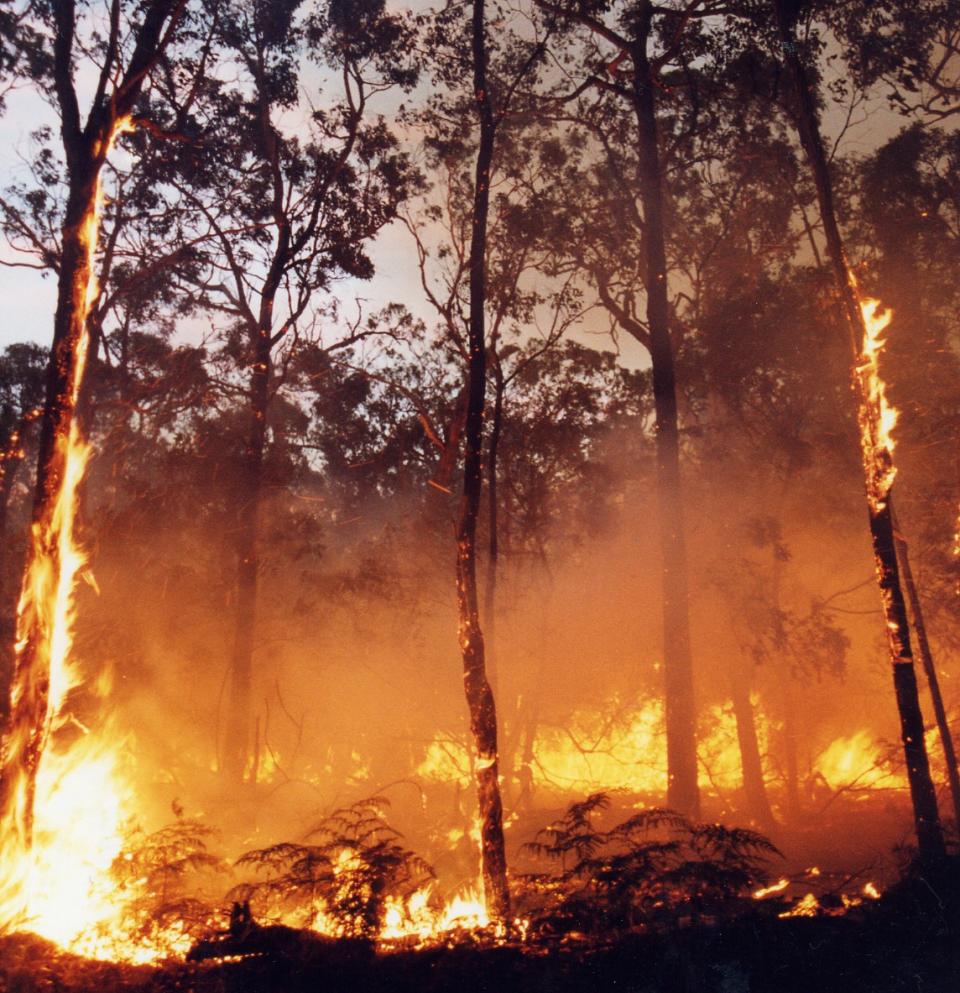
PUBLICATIONS
Published works

Physics-Based Simulations of Flow and Fire Development Downstream of a Canopy
| Title | Physics-Based Simulations of Flow and Fire Development Downstream of a Canopy |
| Publication Type | Journal Article |
| Year of Publication | 2020 |
| Authors | Accary, G, Sutherland, D, Frangieh, N, Moinuddin, K, Shamseddine, I, Merdji, S, Morvan, D |
| Journal | Atmosphere |
| Volume | 11 |
| Issue | 7 |
| Date Published | 06/2020 |
| Keywords | canopy, fire spread, grassland fire, Large Eddy Simulation, physics-based model |
| Abstract | The behavior of a grassland fire propagating downstream of a forest canopy has been simulated numerically using the fully physics-based wildfire model FIRESTAR3D. This configuration reproduces quite accurately the situation encountered when a wildfire spreads from a forest to an open grassland, as can be the case in a fuel break or a clearing, or during a prescribed burning operation. One of the objectives of this study was to evaluate the impact of the presence of a canopy upstream of a grassfire, especially the modifications of the local wind conditions before and inside a clearing or a fuel break. The knowledge of this kind of information constitutes a major element in improving the safety conditions of forest managers and firefighters in charge of firefighting or prescribed burning operations in such configurations. Another objective was to study the behavior of the fire under realistic turbulent flow conditions, i.e., flow resulting from the interaction between an atmospheric boundary layer (ABL) with a surrounding canopy. Therefore, the study was divided into two phases. The first phase consisted of generating an ABL/canopy turbulent flow above a pine forest (10 m high, 200 m long) using periodic boundary conditions along the streamwise direction. Large Eddy Simulations (LES) were carried out for a sufficiently long time to achieve a quasi-fully developed turbulence. The second phase consisted of simulating the propagation of a surface fire through a grassland, bordered upstream by a forest section (having the same characteristics used for the first step), while imposing the turbulent flow obtained from the first step as a dynamic inlet condition to the domain. The simulations were carried out for a wind speed that ranged between 1 and 12 m/s; these values have allowed the simulations to cover the two regimes of propagation of surfaces fires, namely plume-dominated and wind-driven fires |
| URL | https://www.mdpi.com/2073-4433/11/7/683 |
| DOI | 10.3390/atmos11070683 |
| Refereed Designation | Refereed |
Published Works


